What are the advantages of petroleum machinery ceramic plungers and ceramic cylinders
In the field of petroleum machinery, plungers and cylinders are key components and are widely used in drilling equipment, hydraulic systems, mud pumps, high-pressure water injection pumps and other equipment. Although traditional metal plungers and cylinders have certain strength and wear resistance, they are prone to failure under extreme working conditions (such as high pressure, high temperature, corrosive medium). In recent years, ceramic materials have been widely used in the field of petroleum machinery due to their excellent properties, especially ceramic plungers and ceramic cylinders, which have significantly improved the reliability and service life of equipment.
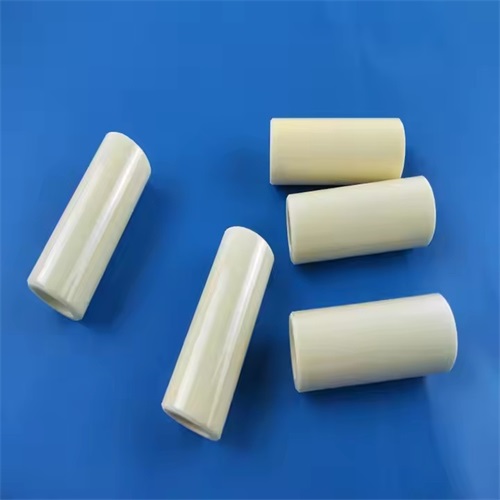
Material Properties of Ceramic Plungers and Ceramic Cylinders
Ceramic plungers and cylinders are typically fabricated from high-performance engineering ceramic materials such as alumina (Al 2O), zirconia (ZrO), silicon carbide (SiC), and silicon nitride (SiO). These materials share the following characteristics:
- High hardness (HV 1500-2500, much higher than metal)
- Excellent wear resistance (5-10 times higher than metal)
- Corrosion resistance (resistance to acid, alkali, salt and other chemical media erosion)
- High temperature resistance (can work stably above 1000 ° C)
Low density (about 1/3 of steel, reducing the weight of the equipment)
Low coefficient of friction (reducing friction losses and increasing efficiency)
These characteristics make ceramic plungers and cylinders perform well in petroleum machinery, especially in high-pressure, high-wear, and corrosive environments.
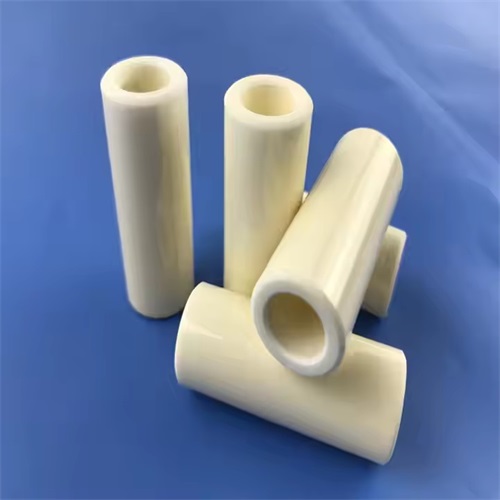
The advantages of ceramic plungers
(1) Extremely high wear resistance, prolonging service life
The plunger in petroleum machinery is subject to high pressure reciprocating motion for a long time, and the metal plunger is prone to failure due to wear and tear. The hardness of the ceramic plunger is close to diamond, and the wear resistance is much higher than that of metals (such as stainless steel or alloy steel). The service life can be increased by 3-5 times, which greatly reduces the replacement frequency and maintenance costs.
(2) Excellent corrosion resistance, adaptable to harsh environments
The metal plunger is prone to pitting corrosion and stress corrosion cracking due to the presence of corrosive media such as acid gas (H2O S, CO 2O) and high salinity mud in the process of oil extraction. Ceramic materials have high chemical stability and are almost unaffected by corrosion. They are suitable for harsh environments such as offshore drilling and deep well mining.
(3) Low coefficient of friction for improved energy efficiency
The ceramic plunger has a smooth surface and a low coefficient of friction (about 1/3 of that of metal), which can reduce friction heat and energy loss, improve the efficiency of hydraulic systems or mud pumps, and reduce the operating temperature, reducing the wear of seals.
(4) Superior high temperature resistance
When drilling deep wells or working in high temperature formations, the equipment may face high temperatures above 200 ° C, and the metal plunger is prone to thermal deformation. The thermal expansion coefficient of the ceramic plunger is low, and the dimensional stability can still be maintained at high temperatures to ensure the normal operation of the equipment.
(5) Lightweight design to reduce inertial load
The low density of ceramics (about 3.9 g/cm ³ for alumina ceramics and 7.8 g/cm ³ for steel) can reduce the inertial force during plunger movement, reduce equipment vibration and energy consumption, and is suitable for high-speed reciprocating motion scenarios.
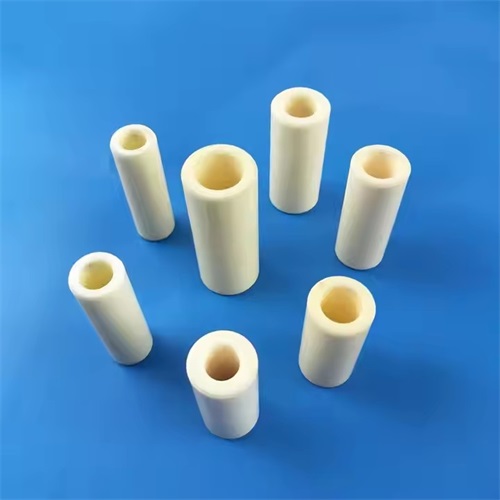
The advantages of ceramic cylinders
(1) Long service life, reducing downtime maintenance costs
The inner wall of the ceramic cylinder has high hardness, resistance to particle initialization, and can still maintain a smooth surface in the mud containing sand and cuttings, avoiding the common strain and scratch problems of the metal cylinder, and the service life can be extended to more than 5 times that of the traditional metal cylinder.
(2) Resistant to chemical corrosion and adaptable to complex working conditions
Corrosive media in oil production (such as H2O S, Cl) can accelerate the corrosion failure of metal cylinders. Ceramic cylinders are almost immune to chemical corrosion, especially suitable for acidic oil and gas fields and offshore oil platforms.
(3) High rigidity, reducing deformation
Under high pressure conditions (e.g. above 100 MPa), metal cylinders may fail to seal due to plastic deformation. Ceramic materials have high elastic modulus (e.g. zirconia ceramics about 200 GPa) and strong anti-deformation ability to ensure high pressure sealing performance.
(4) Excellent heat shock resistance
Ceramic cylinders have low thermal conductivity and can withstand sharp temperature changes (e.g. from high-temperature drilling fluid to low-temperature coolant circulation), avoiding cracking problems caused by thermal stress in metal cylinders.
(5) Reduce friction and improve sealing
The inner wall of the ceramic cylinder can be machined to a mirror-level finish (Ra < 0.1 μm), which is more closely matched with ceramic or polymer seals to reduce leakage and improve system pressure stability.
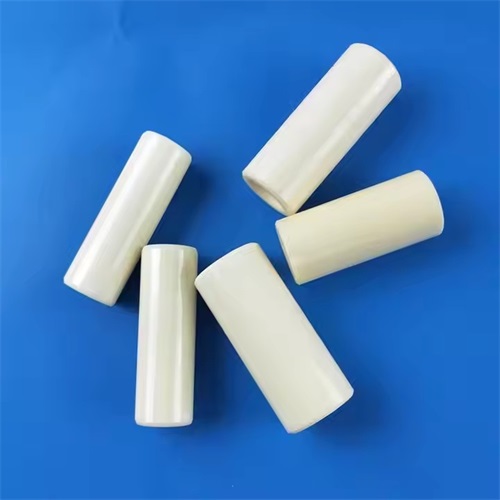
Application of Ceramic Plunger and Cylinder in Petroleum Machinery
- High-pressure mud pump: Ceramic plungers and cylinders can withstand ultra-high pressure (above 100 MPa), suitable for deep and ultra-deep well drilling.
Hydraulic drive system: Low-friction ceramic components improve hydraulic efficiency and reduce energy loss.
Water injection pumps and fracturing equipment: Corrosion-resistant ceramic components are suitable for high-pressure water injection environments containing chemical additives.
Downhole Tools: Ceramic materials can be used to make downhole valve assemblies that are resistant to high temperatures and wear.
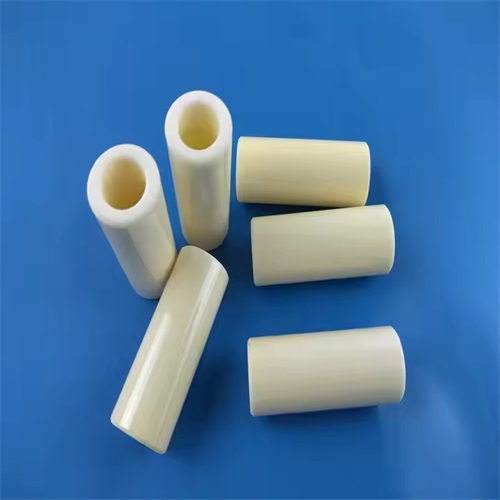
Ceramic plungers and cylinders demonstrate significant advantages in the field of petroleum machinery due to their ultra-high hardness, wear resistance, corrosion resistance and high temperature resistance. They not only greatly extend equipment life and reduce maintenance costs, but also improve system energy efficiency and reliability. They are especially suitable for harsh working conditions such as deep well drilling, high pressure water injection, and corrosive environments.
Brudeze Ceramics supplies and sells a wide range of high-quality quartz glass, including alumina ceramics, zirconia ceramics, silicon nitride ceramics, aluminum nitride ceramics, silicon carbide ceramics, boron carbide ceramics, bioceramics, machinable ceramics, etc. We can meet the customization requirements of various ceramic products.
Tags: boron carbide ceramics
PREVIOUS:What is the electrical insulation performance of Macor machinable ceramics at high temperatures
CATEGORIES
LATEST NEWS
- What is Macor processable g...
- The material properties and...
- The reason for the high pri...
- What are the preparation me...
- Why modify aluminum nitride...
- Thermal conductivity values...
- What is the thermal expansi...
- Thermal shock resistance of...
- The average coefficient of ...
- What is high alumina ceramic
